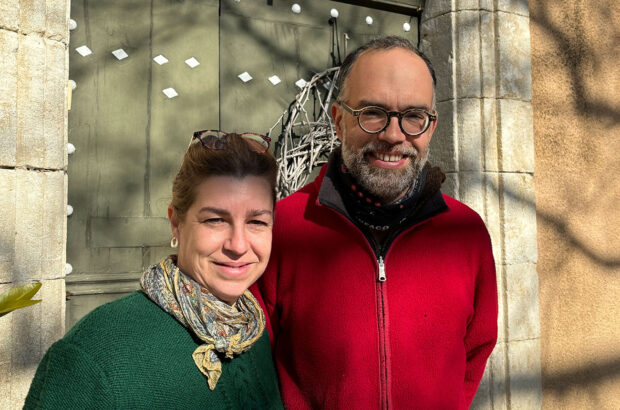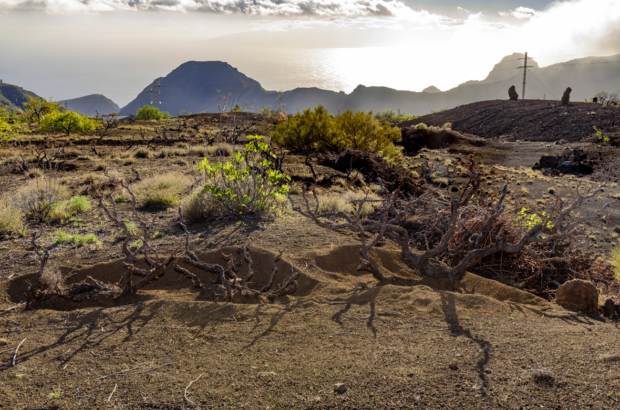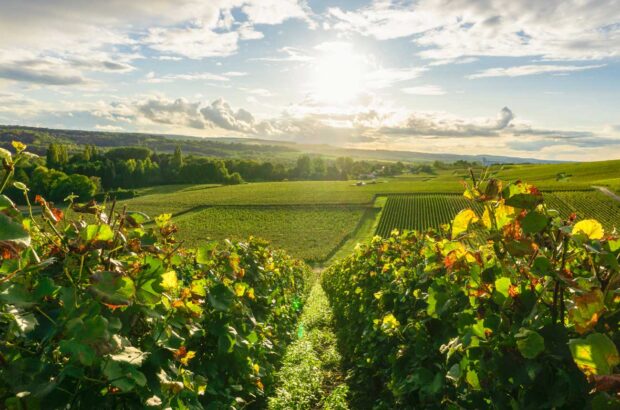drink now
A better vintage than first thought, but not up to the standard of the previous three
Weather Conditions
After three dry winters, snow came early, in November 1990 to replenish what was fast becoming an arid landscape more akin to Sicily than Piedmont. December, January and February continued with snowfall and cold temperatures. March began milder and continued wet. April saw warmer weather and bud-break, but then a cold spell arrested further development of the vine. The first half of May saw a continuation of cold, wet conditions, after which temperatures rose and humidity fell. Problems of leaf rot were commonplace. More humidity in June gave growers added problems, and temperatures only rose at the end of the month. July was generally very hot and sunny, continuing into August. September continued warm, but rainfall from the 12th on prevented Nebbiolo and Barbera from ripening fully.
Best Appellations
A fine summer raised expectations that were dashed by a very wet late summer and autumn. Even the best growers were struggling to rescue their Nebbiolo and Barbera.
Best Producers
The best of an indifferent bunch in Barolo were: Altare, Clerico, Conterno-Fantino, Paolo Scavino, Seghesio and Roberto Voerzio. Gaja’s Barbaresco maintained its usual standard.







